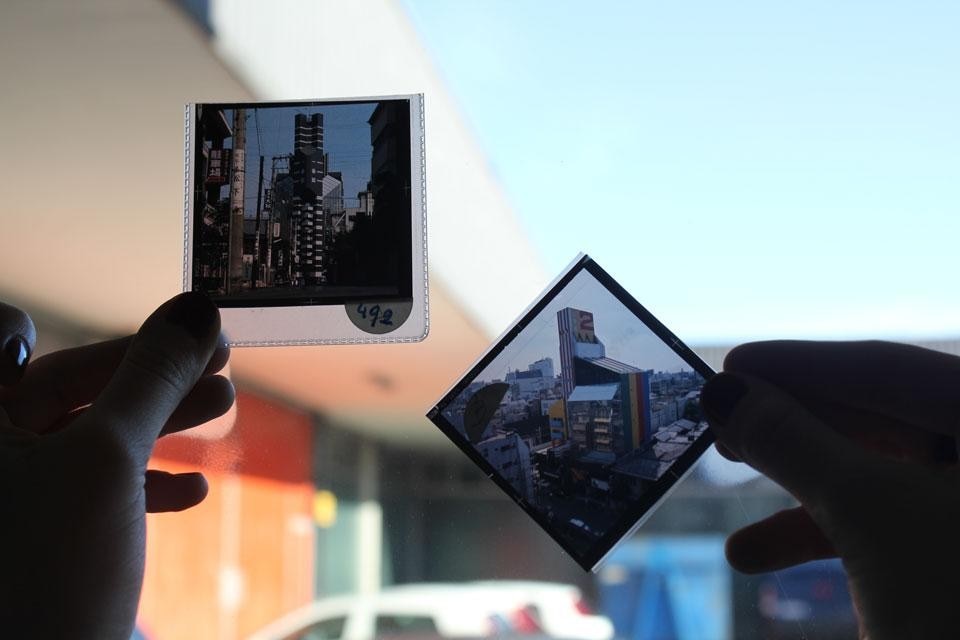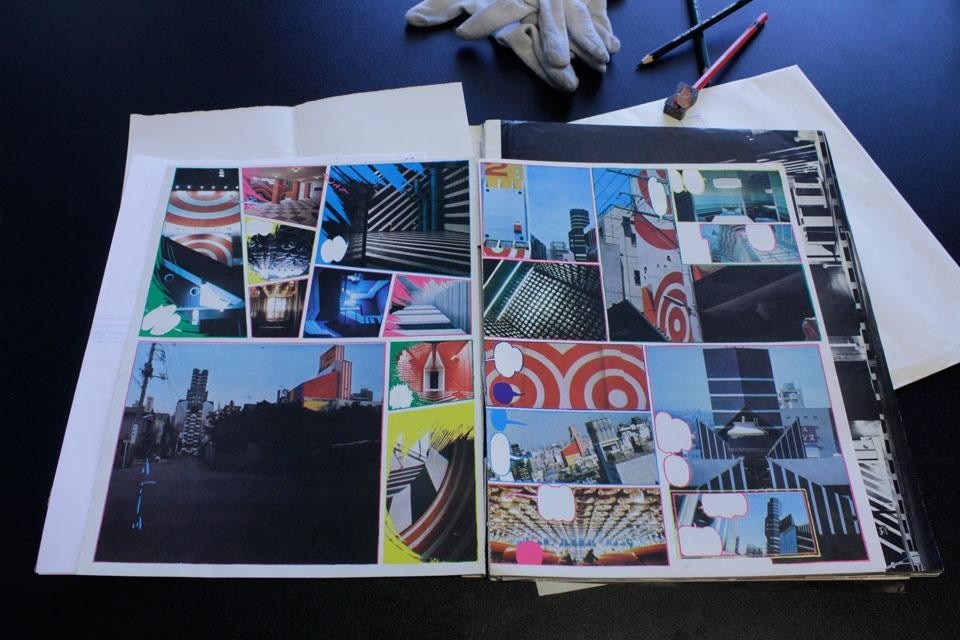This is the first of a three-part feature.
Domus: Your story is quite peculiar. You left Japan to study at Harvard before going on to work with Josep Lluís Sert and then with Harrison and Abramovitz. You then went to Denmark to work with Jørn Utzon and Arne Jacobsen. When you returned to your home country you constructed a building that became an icon of its time.
Yoshiharu Tsukamoto: My feeling is that Japanese architects in the '60s worked for the public with big hopes of constructing a new society.
Domus: Who was the client?
Minoru Takeyama: The building was commissioned by a Korean gentleman who was working for a Toyota sales section. He made a fortune and then started to make quick profits with kinds of rendezvous coffee shops. Then he asked me to design two entertainment buildings, both at the same time. However, they have changed ownership now and the names of the buildings are different too.
Domus:Was it the client's intention to create such a complex building?
Minoru Takeyama: In the Ichiban-kan, the client only wanted to own the building and the site; he wasn't interested in running the business himself. As a result he found 67 tenants to occupy and manage the building, and every month he collected the rent. For the Nibankan he only owned part of it. The first building was completed in 1969. I did the design in the late '60s, just after I came back from Denmark. It was 1966 and this was one of my first commissions. At that time the neighbourhood was still quite residential, even though it was starting to become more commercial with plenty of people going there to have a drink. The commission arrived and I remember that I drafted the project fairly effortlessly. It was practically the first big building in the area, and the client could build on this scale thanks to the size of the site at his disposal. I helped him to achieve the maximum density. When the construction work was finished he sold the rest of the land. It was a completely illegal deal.
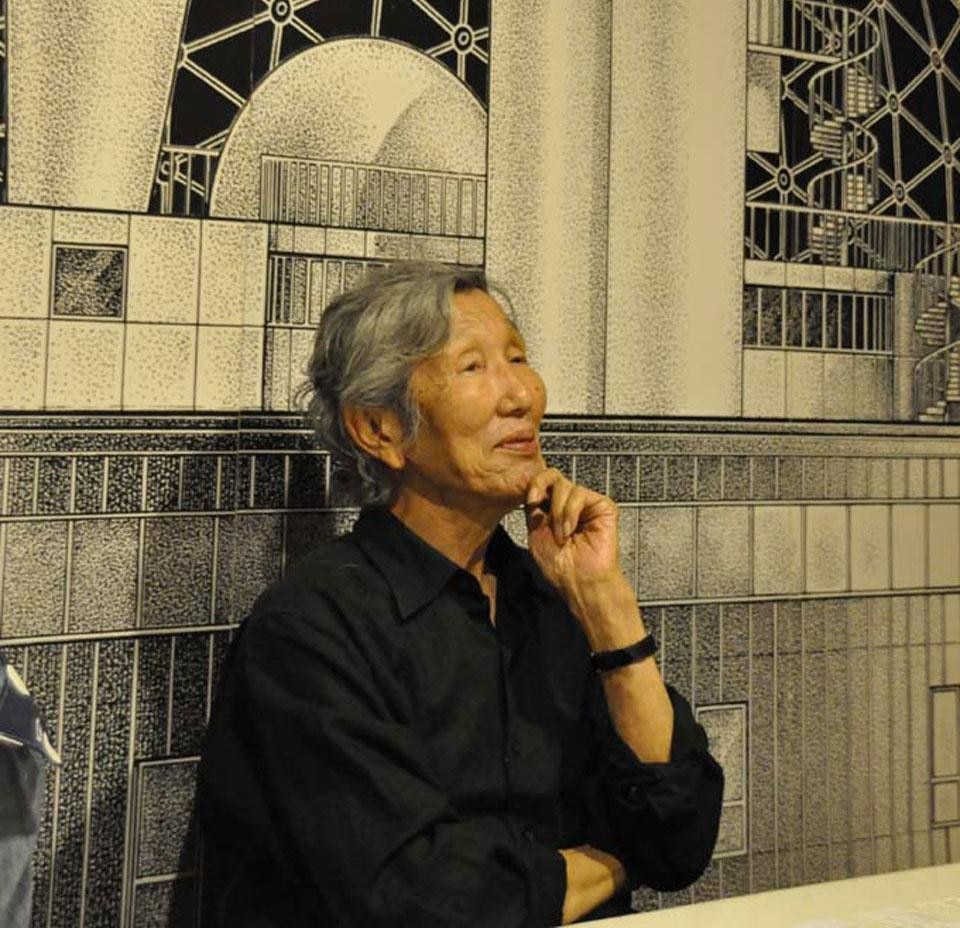
Yasutaka Yoshimura: You move away from the height limit as of this line. The limitation is in the diagonal. I think this is just its design! There aren't many regulations for commercial areas, whereas for residential zones the codes are stricter. For example, there is a height restriction on the north side of sites in residential areas but not in commercial neighbourhoods.
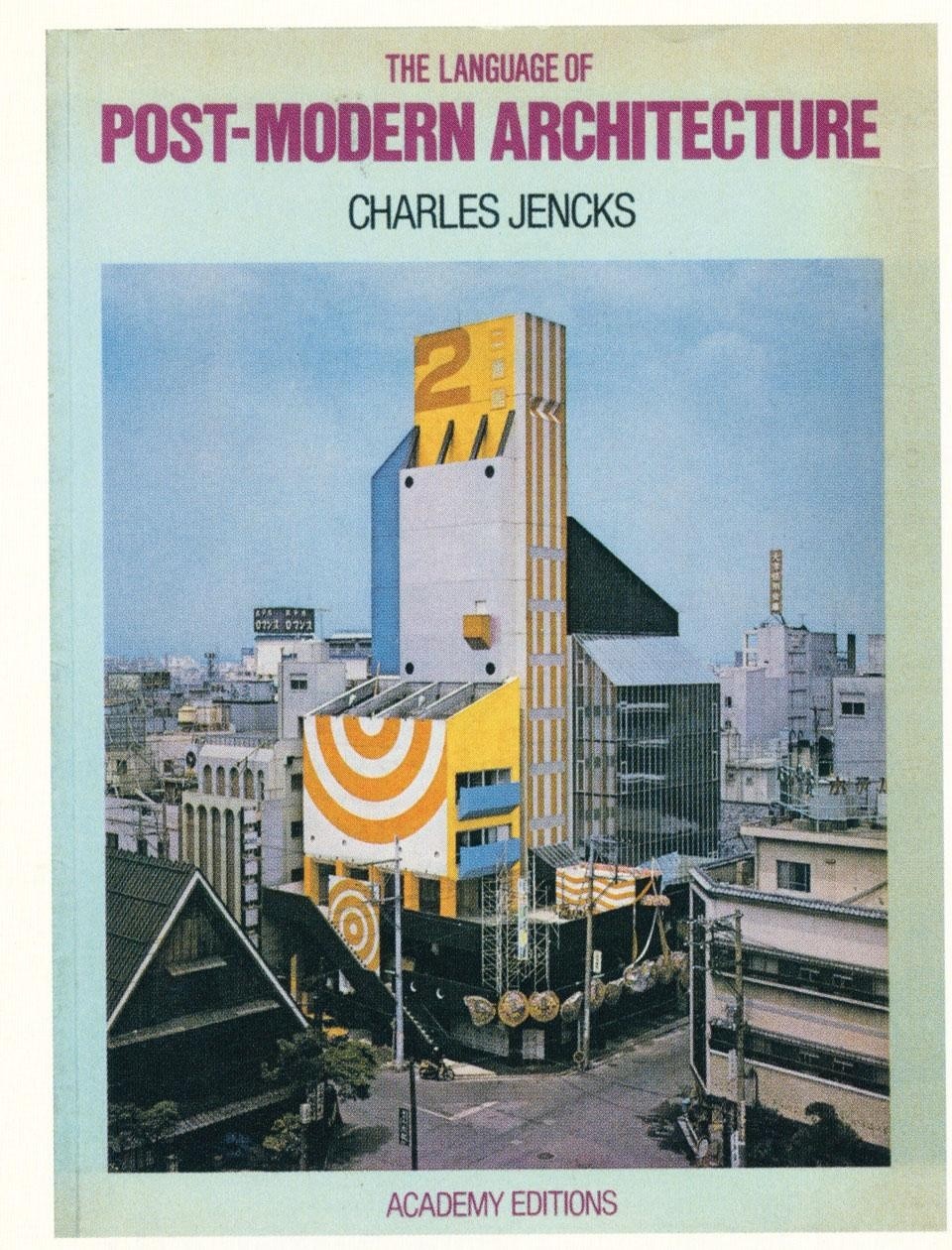
Minoru Takeyama My client thought the building codes were too rigid. The facade was a kind of experiment. Firstly I wanted to make it red and white, because these are the colours of the traffic code, but the building department objected so I changed the red to black.
Yoshiharu Tsukamoto: With all those circles the second building almost resembles a target! How many times has it been repainted?
Minoru Takeyama: Twice. At the time of construction the painting job wasn't so difficult because the painters could hang like mountain climbers on the outside of the building. But today's regulations don't allow that. Nowadays we have to erect scaffolding and surround the whole building with netting, so it costs a lot. I think this is the largest painting ever done in Japan.
Yasutaka Yoshimura: I noted something important about the building next to Ichiban-kan. The architect who designed it took your building as a point of reference, or better he copied it. You made a kind of balcony on the second floor and the architect of the other building did the same. Your building stops here and the building beside it has the same line. It's interesting because it seems like the neighbouring building was designed as a continuation of your project. It's not a particularly nice building but it plays by the same rules.
My client thought the building codes were too rigid. The facade was a kind of experiment. Firstly I wanted to make it red and white, because these are the colours of the traffic code, but the building department objected so I changed the red to black
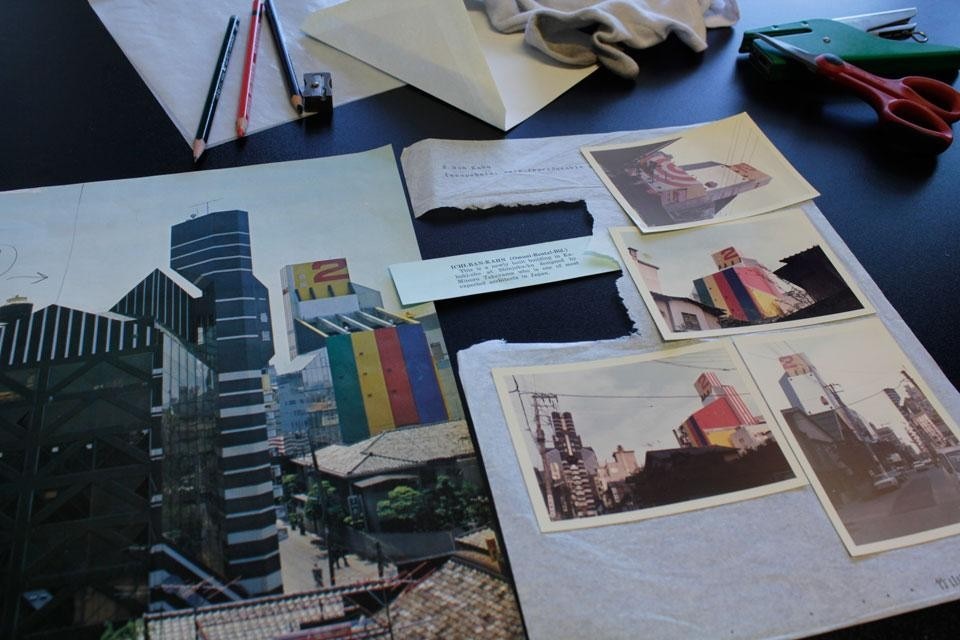
Yasutaka Yoshimura: What's interesting is that if they manage to resist history, buildings can become monuments, icons, something that people can feel attached to. In Tokyo the average lifespan of a building is 25 years. You designed and built these buildings almost 40 years ago and they are still resisting. Ichiban-kan has been renovated with many insignificant interventions that have left most of the original details intact. For example, all the opening frames and the insides of the balconies are still there and the same colour. It's very impressive. Takeyama made a lot of commercial buildings, but he designed them like public buildings, such as the cylindrical 109 department store.
Continued in part 2
